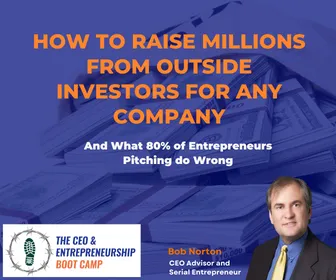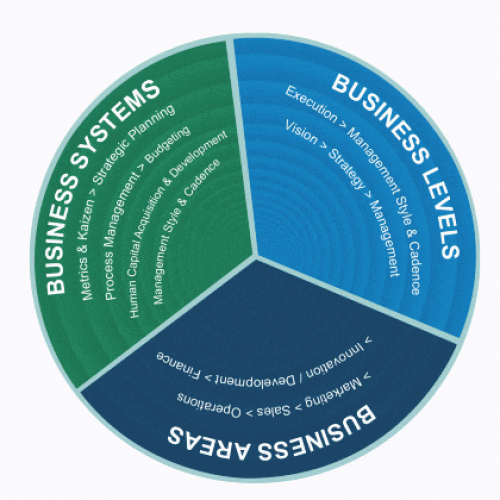“Management is doing things right; leadership is doing the right things.” – Peter Drucker
In the world of business planning, Management By Objective (MBO) plays a critical role in setting the milestones for a company’s annual strategic plan. It focuses on defining specific steps to achieve long-term objectives and involves multiple levels of planning, from the overall vision to monthly goals. This chapter explores the annual planning process and highlights the CEO’s role in developing strategic objectives.
The overall vision sets the foundation for the annual plan, encompassing all aspects of the business over three to five years. This vision constantly evolves as new data and opportunities emerge, and it is the CEO’s responsibility to own and nurture it. The annual plan, on the other hand, translates long-term objectives into tangible results expected for the upcoming year.
To ensure effective planning, the CEO should hold a group meeting with senior managers to review and discuss the initial goals. This collaborative session encourages creative thinking and positive input to identify what needs to be done to achieve the objectives. Subsequently, individual managers develop more detailed plans with timelines and required resources, fostering a sense of ownership and commitment.
“Plans are only good intentions unless they immediately degenerate into hard work.” – Peter Drucker
The planning process must consider potential interruptions and distractions that may divert focus from long-term goals. Systems and philosophies should be established to prevent short-term challenges from interfering with broader objectives. In early-stage companies, goal setting often lies with individual department managers, but as the company grows, the CEO must coordinate communication and planning between departments to align efforts.
The appropriate level of planning for a company depends on its size and type. For small to medium-sized businesses, a simple and efficient process works best. The CEO starts the planning process in late November or early December, defining the strategic-level objectives. These goals serve as a starting point for further discussions and iterations with senior managers.

Access the Webinar Replay Now
How to Raise Millions from Outside Investors for any Company – Learn the 30 other sources of capital beyond angel and VC and how to prepare a company and get it into the top few percent investors see.
“Vision without execution is a hallucination.” – Thomas Edison
The planning process continues with group meetings to finalize the annual plan, incorporating feedback and adjusting timelines as necessary. Financial testing and analysis are done to ensure the goals are achievable with available resources. Once the plan is agreed upon, it should be communicated to all employees to create alignment and commitment. Regular quarterly meetings help track progress and make necessary adjustments to stay on course.
The annual planning process helps maintain focus on the bigger picture and empowers employees to understand their roles in achieving company goals. A clear and well-communicated plan fosters a culture of accountability and performance, driving the company toward success. By integrating MBO into their organizational structure, companies can maximize productivity and ensure steady progress toward their long-term vision.
“Strategic planning is worthless; unless there is first a strategic vision.” – John Naisbitt
In conclusion, Management By Objective is a crucial component of strategic planning for emerging growth companies. By setting clear and achievable goals at different levels of the organization, leaders can steer the company toward its long-term vision. The CEO plays a pivotal role in coordinating and defining the strategic-level objectives, ensuring that all departments work in harmony to achieve common goals. The planning process should be iterative, inclusive, and results-oriented, promoting a culture of accountability and excellence. With the right planning process in place, companies can stay focused on the bigger picture while driving performance and growth at every level.












